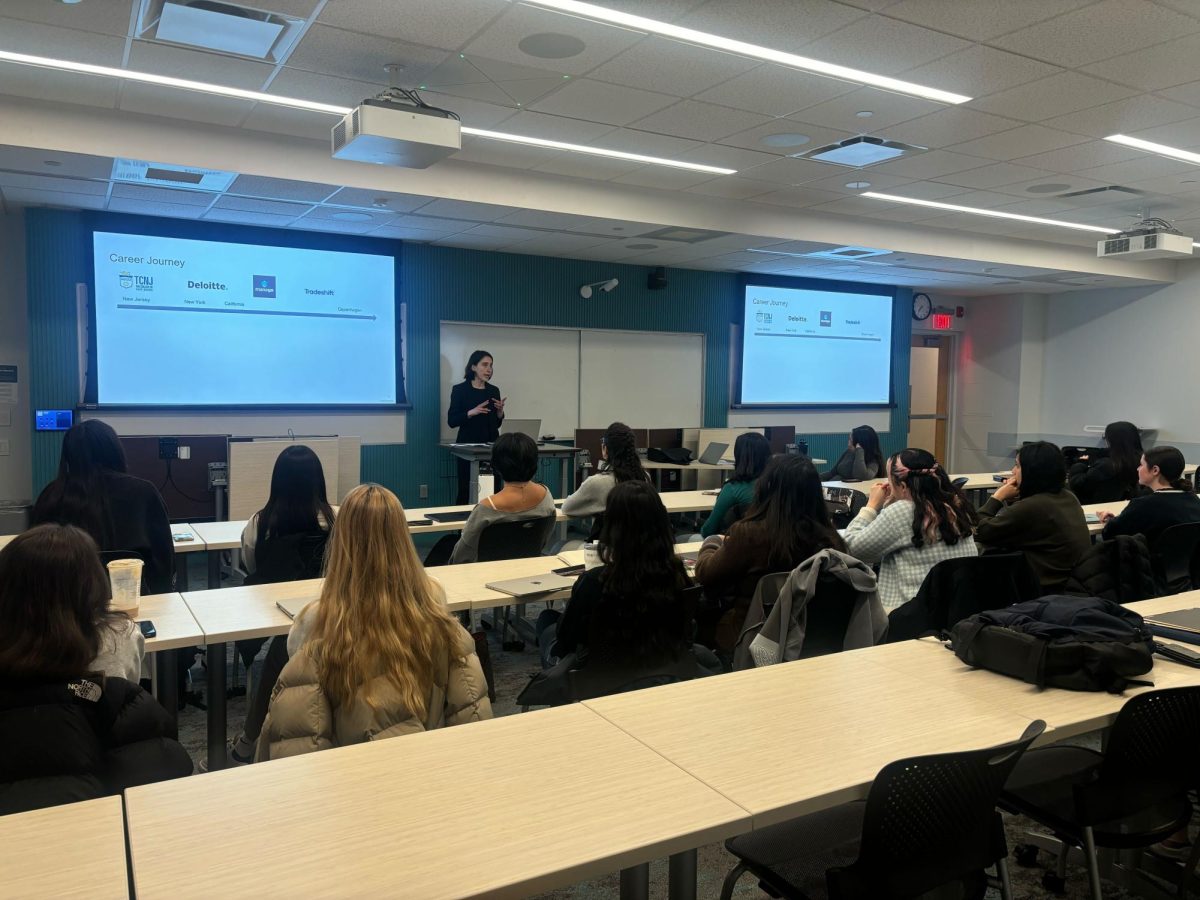When college students, on an average day, may consume up to five or six cups of coffee, what are they choosing to sweeten it with? In order to not let their obsession become completely obvious (a large belly from all of the heavy cream and sugar) there are sugar alternatives. What are the ups and downs of Sweet ‘N Low — the pink packet — and Equal — the blue packet? Sophomore international business and German major Amanda Kirschner says she prefers Equal because of its blue packaging. However, there are more difference between the two products than just the superficial stuff. The difference between Equal and Sweet ‘N Low is in the main ingredients. The pink package contains Saccharin and the blue package has aspartame as its main ingredient. Saccharin was discovered in late 1800 is between 300 and 500 times sweeter than sugar, Sweet ‘N Low’s homepage said. Saccharin has been tested in the past to find links to cancer. According to saccharin.org, Saccharin is not metabolized, it passes through the body unchanged, and does not react with DNA (nucleic acid present in all living cells), meaning that Saccharin lacks two of the major characteristics of a classical carcinogen. Despite this research, some tests on male rats have had negative results. In male rats who consumed high doses — the average human consumes less than one ounce per year — of the product, there have been findings of bladder tumors. Saccharin is used by the Coca-cola company, and they say high doses of the drug would be equal to 750 cans of soda per day (which may not be a lot for some college students addicted to caffeine). “[I heard] Sweet ‘N Low tests on animals,” said Leonora Patterson, a sophomore international business major and Equal consumer. “I’d rather get cancer than have something that is tested on animals.” Saccharin is approved in more than 100 countries around the world and has been reviewed and determined safe by the Joint Expert Committee on Food Additives (JECFA) of the World Health Organization and the Scientific Committee for Food of the European Union. Based on current research, JECFA recently doubled the ADI (acceptable daily intake) for saccharin. JECFA noted that the animal data which earlier raised questions about saccharin are not considered relevant to humans, the Web site said. Aspartame, an ingredient in Equal, is deemed safe by the Food and Drug Administration (FDA). Aspartame is composed of two amino acids: aspartic acid and the methyl ester of phenylalanine. The components in aspartame are similar to those found in everyday foods such as meat, milk, fruits and vegetables, according to equal.com. While both ingredients have been designated safe for humans to consume, Equal advertises the absence of Saccharin and sodium in its product. A large difference between the main ingredients is that Saccharin is not broken down by the body, while aspartame is. Whichever product you chose, Equal or Sweet ‘N Low, drug administrations recommend to use them in moderation. So, while finishing up that 749th can of Diet Coke for the day, always be aware of what might happen if you snap open that next can. Some lovers of sweets vow to stay with the original, white, full-calorie sugar.
Pour some sugar substitute on me
September 9, 2003
More to Discover








